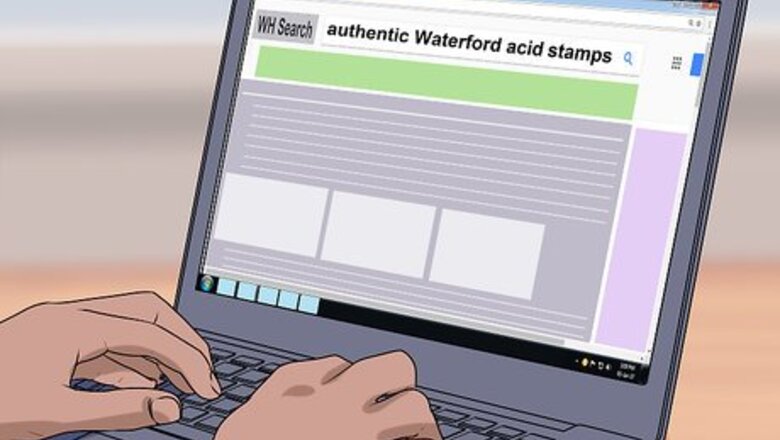
views
Identifying by Acid Stamps

Research the Waterford marks. Search online for images of authentic Waterford acid stamps. Older stamps feature the name “Waterford” in Gothic-script in either one of two designs. Pieces made since the year 2000 include the seahorse trademark.
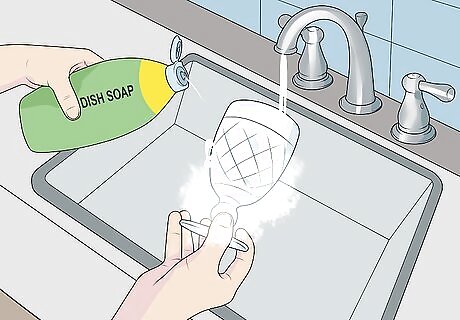
Clean the crystal. Wash by hand in warm-to-hot water with mild dish soap. Prevent spotting by also washing with a 1/4 cup of ammonia. Use a soft cloth or sponge to avoid scratching, which may occur with scouring pads. Rinse the crystal and allow it to air-dry. If you dry it with a cloth, be sure the cloth is lint-free. To clean vases or decanters or any other piece that you can't reach inside of, fill them halfway with warm-to-hot water and a few drops of dish soap. Add 2 tablespoons of white vinegar or ammonia. Then add 1 cup of uncooked rice. Swirl the mixture around to clean the inside of the piece. Rinse it out with warm-to-hot water and then set it upside-down to air-dry. For tougher stains, fill the piece all the way with warm water. Add a denture-cleaning tablet. Wait for the mixture to remove the residue. Rinse the crystal thoroughly and set it upside-down to air-dry.

Hold the crystal up to the light. Use a magnifying glass to search for the acid stamp. Start at the base, where it is most often located. Search the grooves next if you don't find it on the base. Be aware that excessive washing, usage, and age may affect the acid stamp's visibility. If you find none, have the crystal examined by an expert to authenticate it. Identify inherited crystal pieces through proper cleaning. "When my grandmother passed away, she left me some beautiful crystal pieces but no information about where they came from. After reading this guide, I carefully cleaned each piece while checking for any stamps or stickers. I was really surprised to find a tiny Waterford mark on one of the vases that must've been overlooked before. Just taking the time to clean these inheritances properly helped unlock their history." - Dorie S. Verify yard sale finds with sound, rainbow, and weight tests. "I love finding crystal bargains at yard sales but rarely see markings saying who made them. This article had great tips for testing glass versus crystal using sound, rainbow effects, and comparing weights. Now, whenever I go treasure hunting, I'll bring along a spoon and a similar-sized glass item to weed out the fakes." - Peggy Y. Trace family crystal through generations with cleaning and inspections. "My heirloom crystal vase from my great-great grandparents has been passed down through four generations now. Unsure of its origins, I followed the cleaning steps here and found a tiny Waterford stamp! This article helped me verify and preserve a beautiful family treasure." - Merilee T. Authenticate collected glassware items through expert examinations. "I enjoy collecting glassware but only recently thought about having my findings evaluated by a pro. Reading here that markings often disappear over time, I realized authentication is so important, especially for more valuable crystal pieces. By properly cleaning them first, I can better prepare them for an expert's review." - Gail S. Have a story our readers should hear? Share it with 1 billion+ annual wikiHow users. Tell us your story here.
Identifying by Stickers
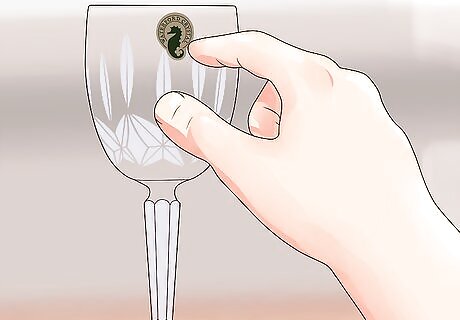
Look for a paper or foil sticker. If your crystal is older or from a limited run, check for a gold sticker featuring Waterford's green seahorse emblem. Be aware that stickers may have been removed over time, whether intentionally or not.

Compare stickers. Search online for images of authentic Waterford stickers to verify that the design matches your own. If possible, visit a retailer or collector in possession of Waterford pieces featuring stickers to compare them in person. If you're in doubt, seek an appraiser to judge your piece's authenticity.
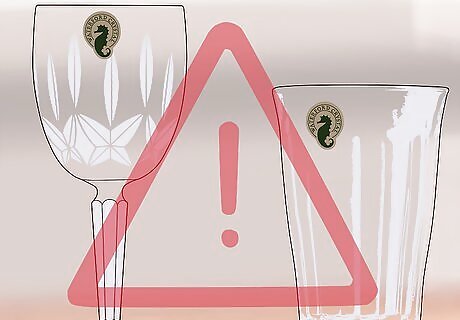
Be wary of stickers. Remember that a sticker may be transferred from a genuine Waterford to another piece. Although older pieces may not have had one to begin with, check the crystal anyway for an acid stamp for further verification. If there isn't one, have the crystal examined by an expert to confirm that it's a true Waterford.
Identifying Crystal in General
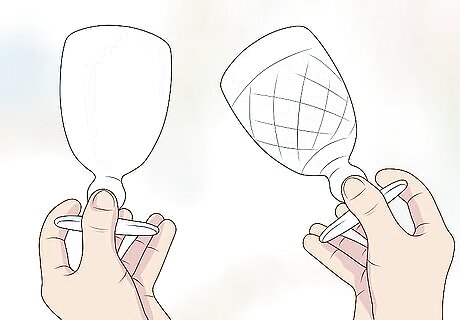
Make sure it isn't glass. If you're unable to find an identifying sticker or acid stamp, check to see if it's made of genuine crystal or just glass. Find a piece of glassware that's about the same size and shape for comparison.

Hold the piece up to a light. Make sure the piece acts as a prism. Twist it slowly in front of the light source. Look for a rainbow to appear when the light disperses. Do the same with the glassware and note that it does not produce a rainbow.
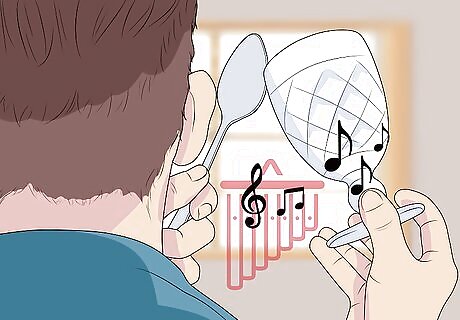
Hold the piece up to your ear. Tap the rim. Listen for a musical chime that's high in pitch. To contrast, do the same with a piece of regular glassware and listen for the dull thud that comes when you tap it.

Judge the weight. Hold the glassware in one hand and your crystal in the other. If your piece is truly crystal, it should feel significantly heavier due to its higher lead content.

Research the design. If you're satisfied that your piece is truly crystal, have it examined by an expert to confirm whether its design matches one of Waterford's, or research it on your own with a book identifying Waterford's various designs. However, due to the high value of Waterford crystal pieces and the high number of counterfeits out there, seek out a professional opinion for better peace of mind.



















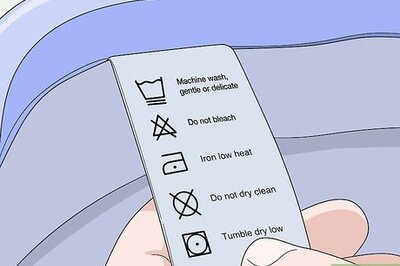
Comments
0 comment